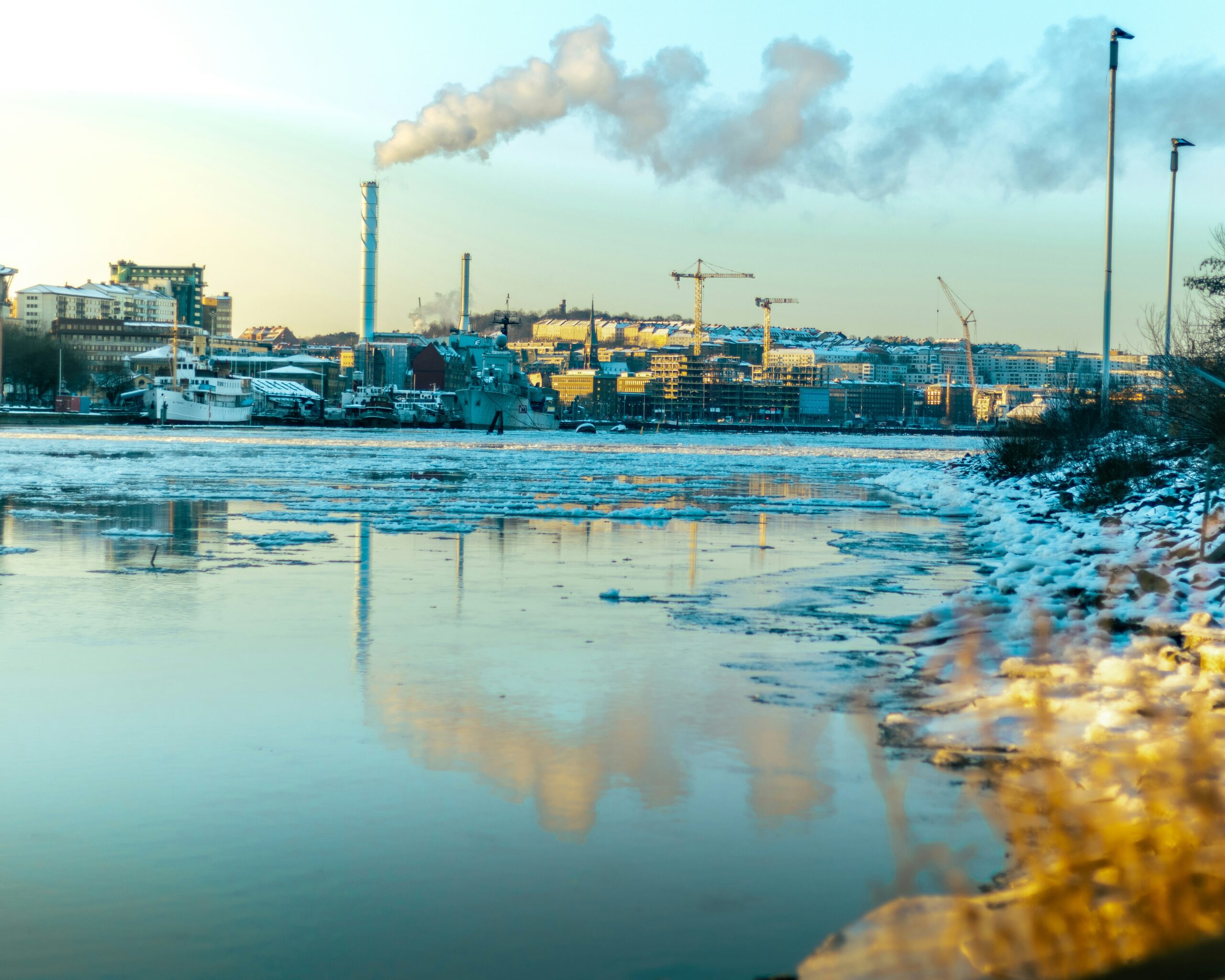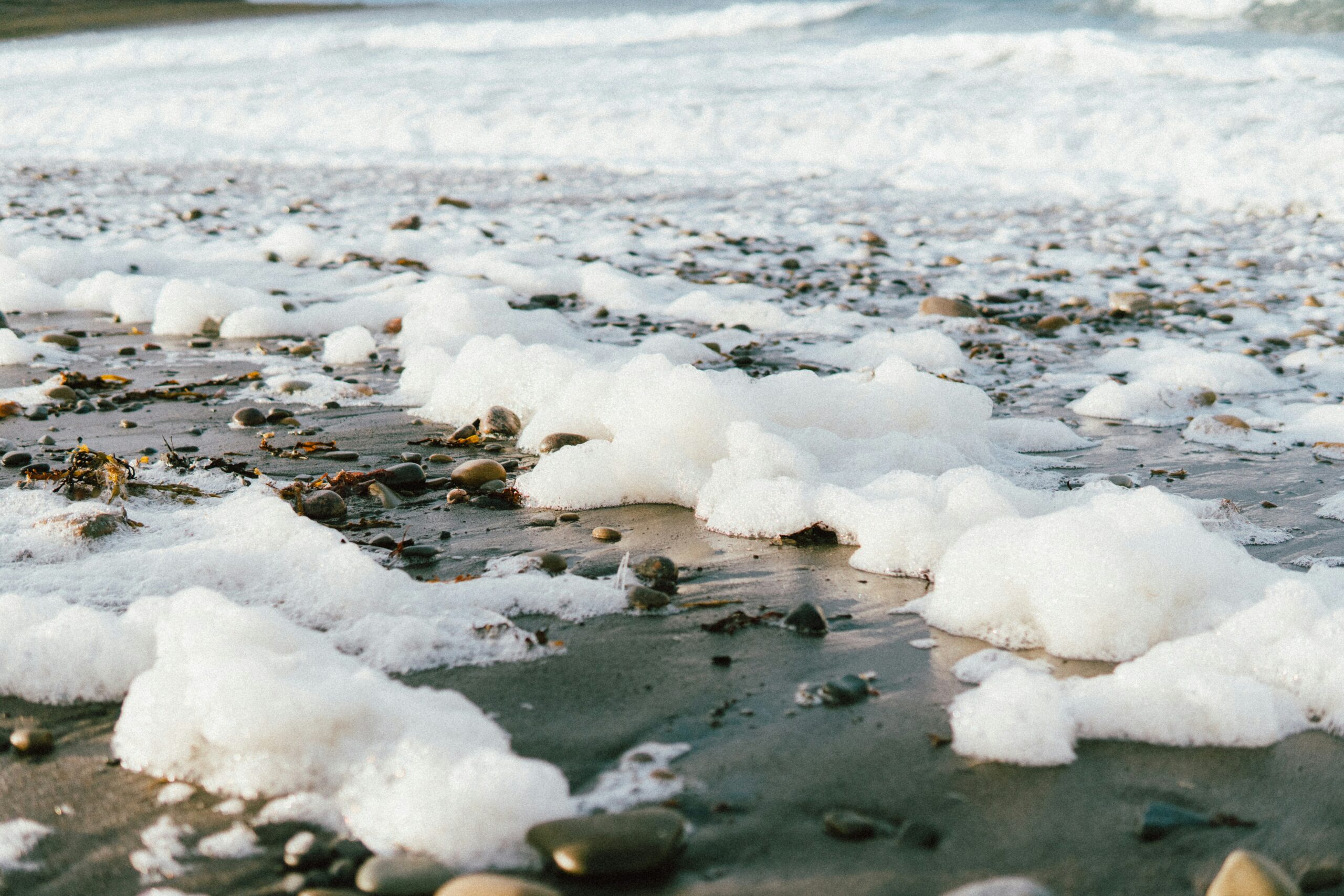
By Sanduni Nakandala
What are PFAS?
PFAS, or Per -and-Polyfluoroalkyl substances, are the world’s most persistent pollutants. Invisible yet everywhere, these synthetic chemicals are prized for their ability to resist water, oil, heat, and stains, making them essential in fabrics, nonstick cookware, firefighting foams, and countless industrial applications. Their resilience comes from the multiple carbon-fluorine (C-F) bonds they contain—some of the strongest in chemistry. This makes PFAS nearly indestructible in nature, leading to their infamous nickname: “Forever Chemicals.”
Why are PFAS so dangerous?
What makes PFAS so effective also makes them a global threat. These chemicals do not break down in the environment, meaning they accumulate over time in water, soil, and even living organisms. They bioaccumulate in marine life and biomagnify up the food chain, reaching dangerous levels in top predators—and ultimately, humans. Scientists have linked PFAS exposure to serious health risks, including cancer, hormone disruption, and developmental issues in children (Time Magazine, 2023). Alarmingly, manufacturers knew about these risks as far back as the 1960s but continued production anyway (Time Magazine, 2023). It wasn’t until the early 2000s that meaningful regulations were even considered.

How does PFAS reach the ocean?
The ocean is our planet’s final sink, where everything eventually flows. PFAS enter marine ecosystems through multiple pathways:
- Industrial discharge and wastewater runoff
- Landfills and sewage sludge (often used as fertilizer, which leaches PFAS into rivers)
- Atmospheric deposition—A 2019 study found that sea spray aerosols are a significant source of certain PFAS in the atmosphere, illustrating how these chemicals can travel vast distances (Xiao et al., 2019).
- Contaminated rivers that transport these chemicals from inland sources to the coast
Even wastewater treatment plants, designed to clean our water, are not equipped to effectively remove PFAS. Once released into the ocean, these chemicals hitch a ride on sea currents, spreading from industrial hotspots in East Asia and Europe to the most remote and pristine corners of the Arctic. Migratory marine species further transport these chemicals, contaminating fragile ecosystems miles away from their original source.

A Growing, Invisible Threat
The ocean is our greatest life-support system, regulating climate, producing oxygen, and sustaining marine life. But PFAS pollution is silently disrupting this delicate balance. With each passing day, these chemicals spread further, infiltrating ecosystems that have never been exposed to industrial activity.
How will this contamination alter marine biodiversity? What cascading effects will it have on human health, fisheries, and food security?
As we uncover the full scope of PFAS pollution, one thing is clear: the time to act is now.
Stay tuned for Part II, where we explore what can be done to tackle PFAS pollution—and how you can help protect our oceans.
Cont’d

Technological Interventions for Sustainable Coastal and Marine Management in Sri Lanka
By Hansi Perera Sri Lanka’s coastal and marine ecosystems face significant threats due to rapid urban development, climate change, and unsustainable fishing practices. To effectively

Climate Change Impacts on Fisheries and Aquaculture in Sri Lanka
By Moira Alfred Sri Lanka, a tropical nation near the equator, is heavily reliant on its fisheries and aquaculture industry. However, this island, renowned as

The Plastic Journey: From Oceans to Plates – Unveiling the Invisible Threat
By Dilshani Maralanda Plastic pollution has become a serious global issue, transforming our beautiful, biodiversity-rich oceans into vast dumping grounds. Unlike natural materials, plastics are
